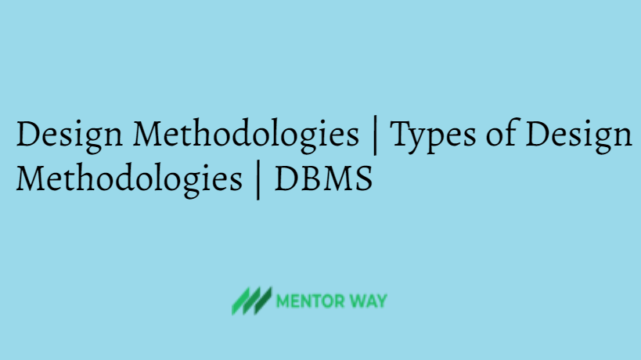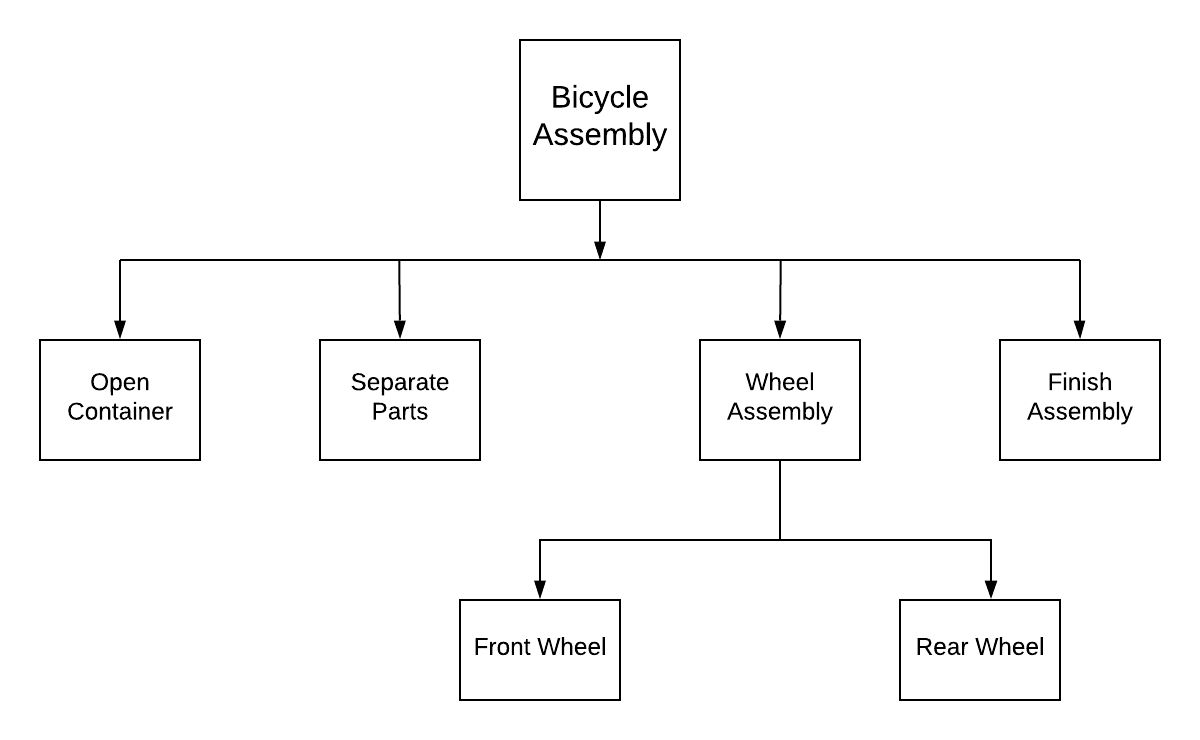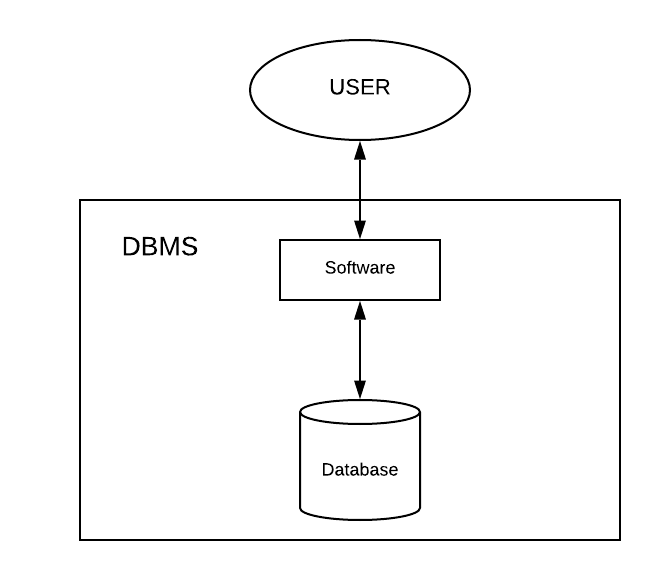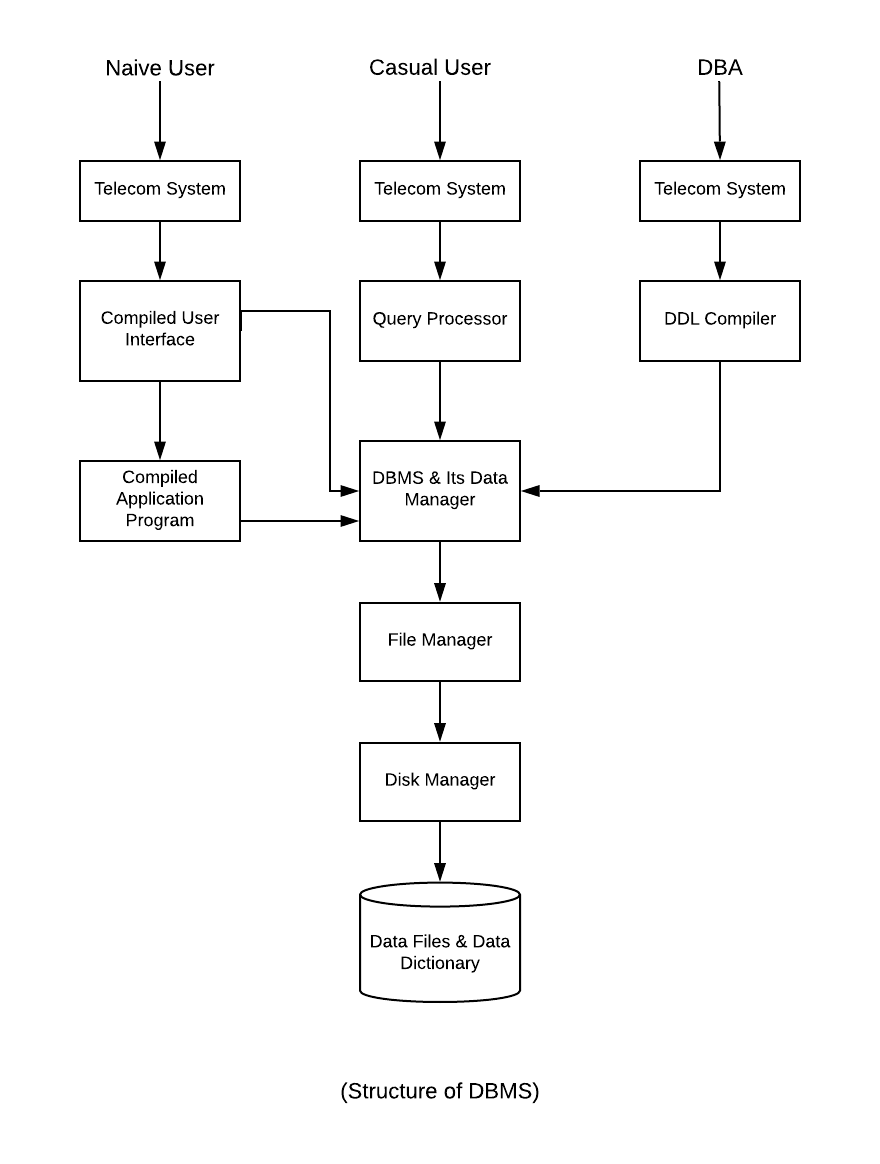Design Methodologies | Types of Design Methodologies | DBMS

Design methodologies: Design methodologies are basically the technique used to design the system. The design methodology attempts the following;
- Improve productivity of analysis & programmers
- Improve documentation
- Improve communication among user, analyst & programmer
- Cut down drastically on cost overruns and delay
The methodologies of system design are given below
-
Structured Design
Structured design is the most popular methodology for developing new designs.
Structured design is a data flow based methodology.
In this methodology, the software is considered as a transformation function that converts the given inputs into desired outputs.
Structured design divides the system into small manageable modules that are arranged in a hierarchy & organised into top-down manner.
Coupling
Coupling is the strength of interconnections between modules.
Cohesion
Cohesion is the strength of different elements within a module.
Advantages
- Critical interfaces are tested first.
- Structuring the design, provides control & improves morale.
- The procedural characteristics define the order that determines processing.
Disadvantages
It does not model the real life system.
-
Forms Driven-Methodology (HIPO and IPO Charts)
HIPO, stands for Hierarchical Input Process Output, It consists of two types of diagrams:
Visual Table of contents (VTOC)
VTOC diagrams breaks a system down into increasingly detailed levels. Therefore, the name of the system appears at the top of the VTOC. The VTOC for assembly of a bicycle.

IPO
An IPO chart defines the inputs, processing & outputs for each module in the program.
Structured Walkthrough
An activity of all phases of a structured project is the walkthrough, It is an interchange of ideas among peers who review a product presented by its author & agree on the validity of proposed solution to a problem.
DBMS
A database system consists of collection of interrelated data & the software system that is used to manage the database is called database management system(DBMS).

Components of DBMS/ Structure of DBMS
The DBMS contains the following components
- Data Definition Language Compiler
The DDL compiler converts the data definition statements into set of tables. This table contains the metadata concerning the database.
- Data Manager
Data Manager convert operation in the user’s queries from the user’s logical view to a physical file system. The data manager is responsible for interfacing with the file system.
- File Manager
The file manager is responsible for maintaining the structure of the files & file space.
- Disk Manager
The disk manager is responsible for transferring the block or page requested by the file manager.
- Query Processor
The query processor is used to interpret the online user’s query & convert it into an efficient series of operations in a form capable of being sent to the data manager for execution.
- Telecommunication System
Online users of a computer system, whether remote or local communicated by sending & receiving messages over communication lines by using an independent software system called a communication system.
- Data files
Data files contain the data portion of the database.
- Data Dictionary
The data dictionary contains data about data. The data dictionary contains information about entity, attributes, mapping & cross-reference information.

- Access Aids
A set of access aids in the form of indexes are usually provided to improve the performance of the DBMS.
Function of DBMS
- Data Definition
The DBMS must be able to define the data i.e. accept the data definition &convert it into appropriate object form.
- Data Manipulation Language
DBMS must be able to manipulate data.
- Data Security & Integrity
DBMS must monitor uses request & reject any attempt to violate the security & integrity rules defined by the DBA.
- Data Dictionary
It contains data about data.
- Performance
DBMS should perform all the functions identified above as efficiently as possible.
Hope you liked this Article. Keep Visiting Mentor Way for more Articles like this.



